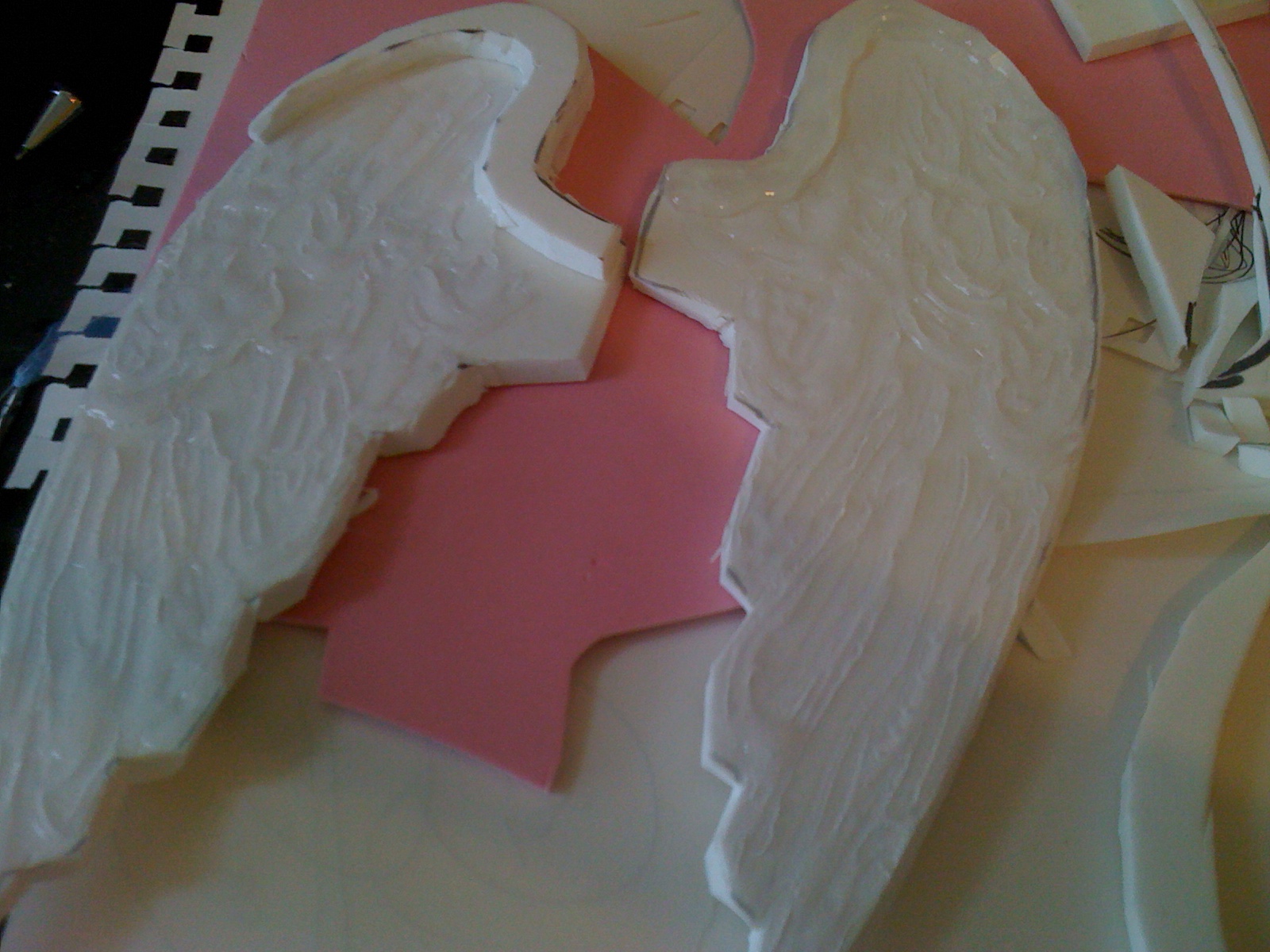New Study Plumbs the Depths of the Uncanny Valley

 For those unaware, the Uncanny Valley is the human perpensity to find human-like robots less acceptable than robots that do not resemble humans. When graphed, the acceptability of a robot increases as it becomes more humanlike, and then drops off dramatically when it becomes close to human, but not perfect — the aforementioned “valley.” This effect has long been commented upon, but a recent study was the first scientific attempt to explain the cause of this response.
For those unaware, the Uncanny Valley is the human perpensity to find human-like robots less acceptable than robots that do not resemble humans. When graphed, the acceptability of a robot increases as it becomes more humanlike, and then drops off dramatically when it becomes close to human, but not perfect — the aforementioned “valley.” This effect has long been commented upon, but a recent study was the first scientific attempt to explain the cause of this response.
In a study published in the Social Cognitive and Affective Neuroscience, the team of researchers placed their test subjects in fMRI machine to monitor how their brain’s responded to videos of moving figures. Once in the machine, the test subjects were shown videos of a very lifelike robot called the Repliee Q2 waving, “drinking” water, and other basic movements. The subjects were also shown videos of a human performing the same tasks, as well as a Q2 robot stripped down to its robotic skeleton.
When analyzing the brain scans, scientists noticed that the brains showed far more activity when looking at the human-like robot than the other two videos. The areas that “lit up” during the experiment were the parts of the visual cortex associated with movement and a section of the motor cortex thought to contain “empathy” neurons.
The researchers believe that this response shows the brain grappling with an incongruity between the robot’s motion and appearance. Their hypothesis is bolstered by further experiments that showed human-like things moving in human-like ways and non-human-like things moving in non-human-like ways did not provoke so dramatic a result. To the scientists, this suggests that our brains have certain expectations about how things should look and move. When those expectations are not met, we feel uneasy.
This study then begs the question of how much we can actually trick our brains into accepting a lifelike android. Or perhaps it will give robot makers the information they need to make robots more lovable. We’ve been waiting far too long for your “plastic pal who’s fun to be with.”
(via Wired, image via Wikimedia)
Have a tip we should know? [email protected]